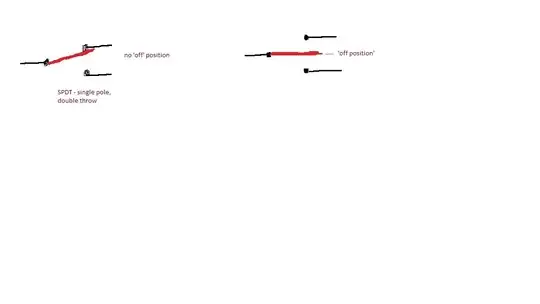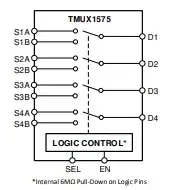 I would just like to ask a question about a SPDT switch. In general, just considering the regular generic SPDT switch only, the 'tip' (example only) of the switch has only two possible 'contact' points (options) that it can pivot to ----- with no stable (third) 'off' position.
I would just like to ask a question about a SPDT switch. In general, just considering the regular generic SPDT switch only, the 'tip' (example only) of the switch has only two possible 'contact' points (options) that it can pivot to ----- with no stable (third) 'off' position.
There appears to be another sort of SPDT switch that has a stable (third) 'OFF' position, where the tip can remain - where the tip is not contacting the two optional contact points. That is, a three-way switch that has a central stable 'off' position, but would otherwise be a SPDT. Is there a regular name for this variation (with the stable third 'off' position)? That's only if it really is a variation of a SPDT switch. Thanks!
